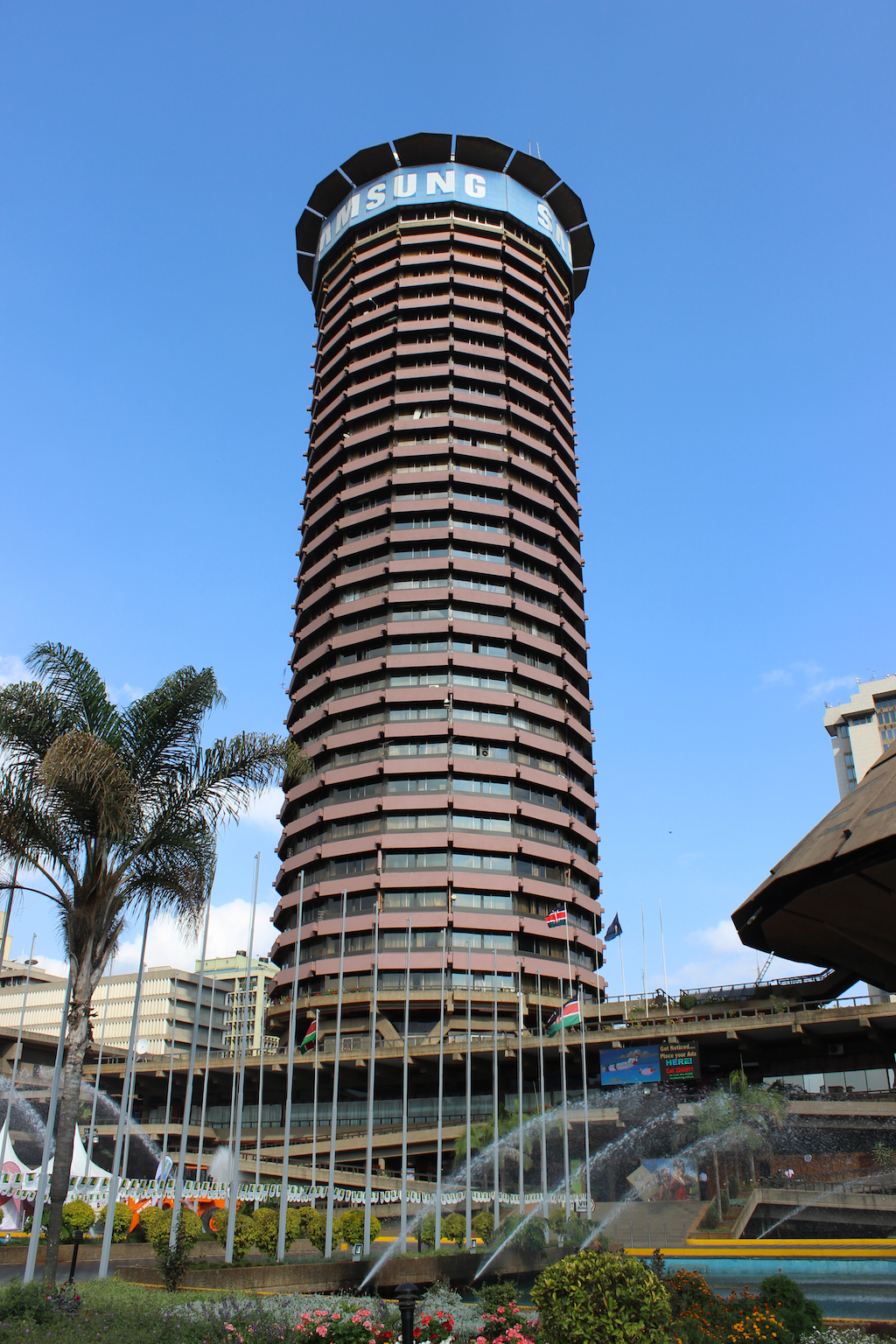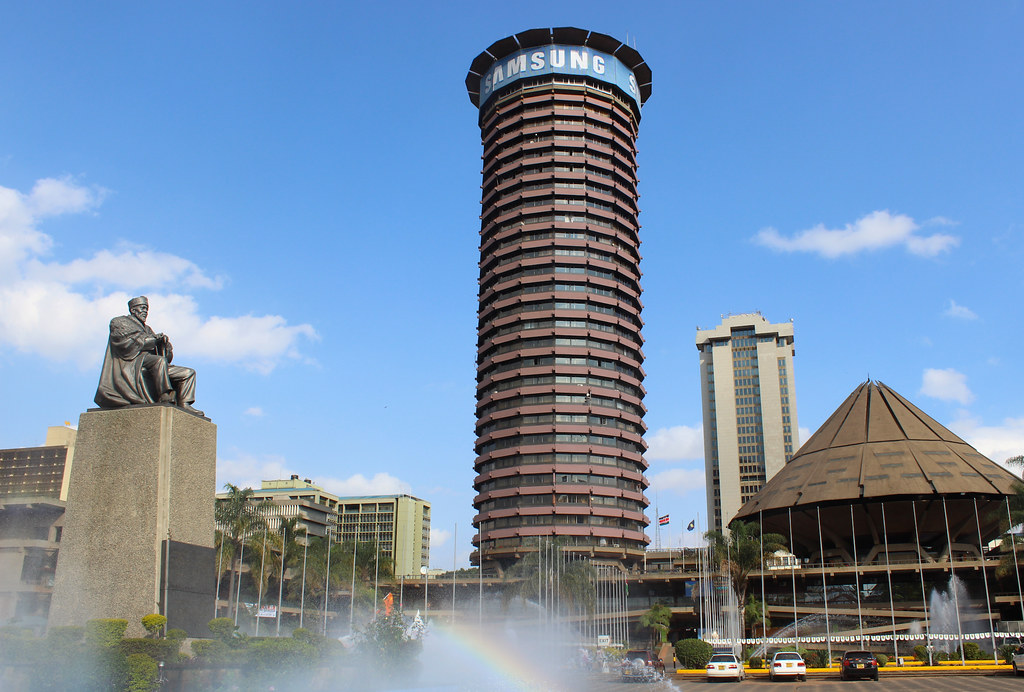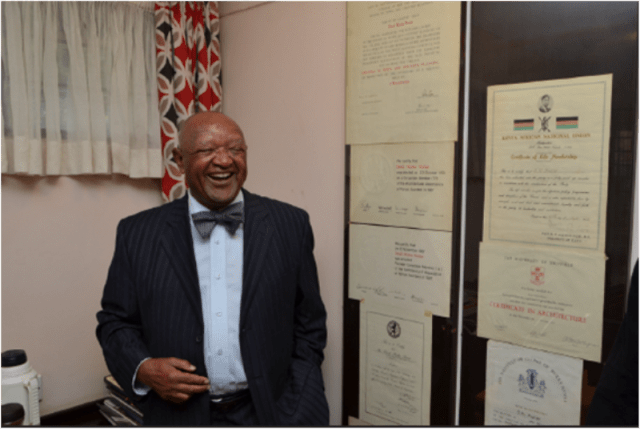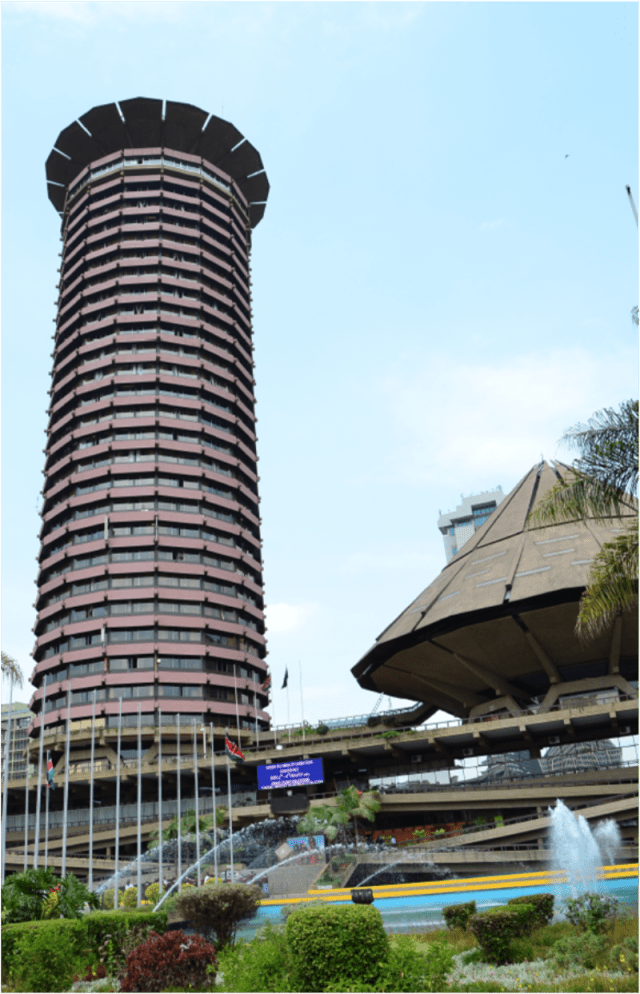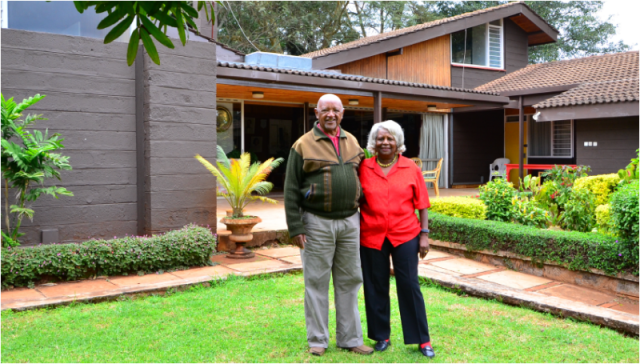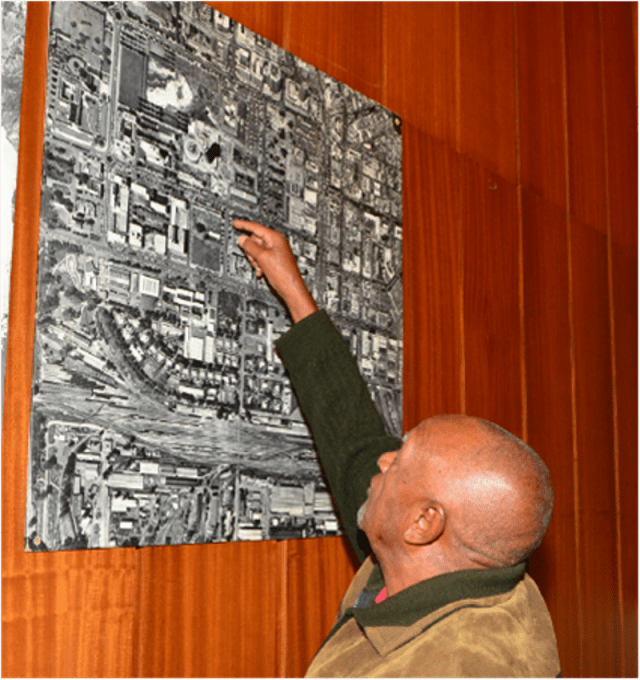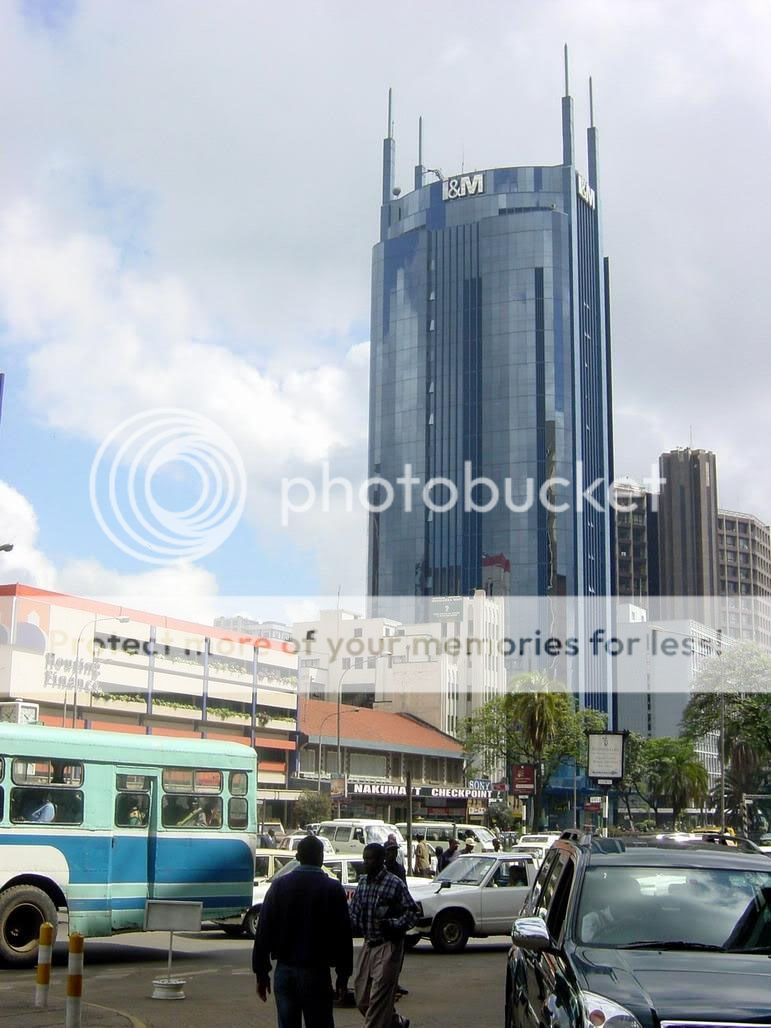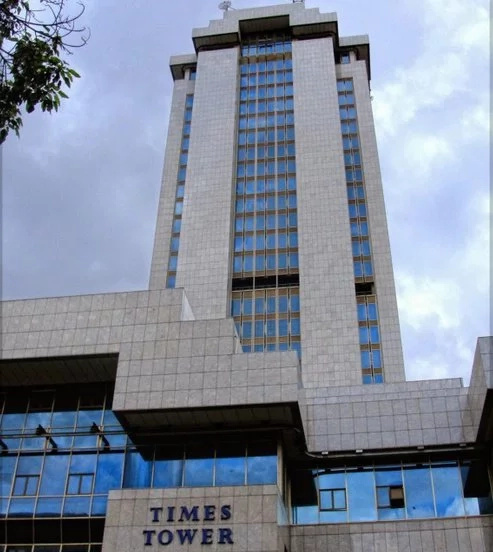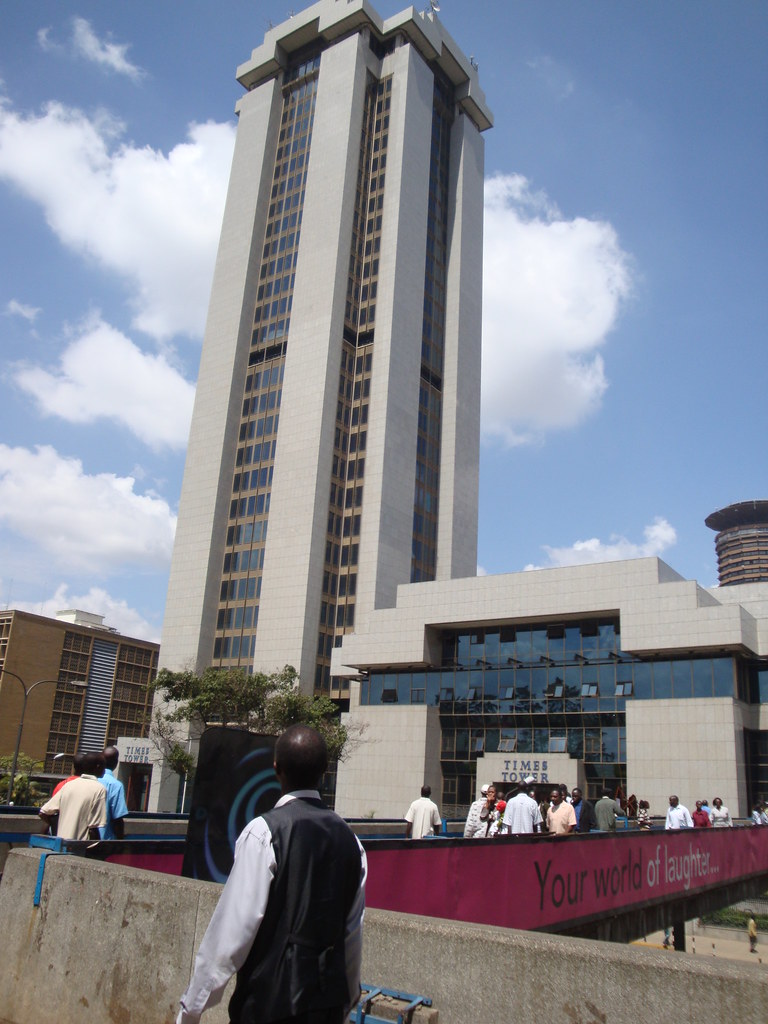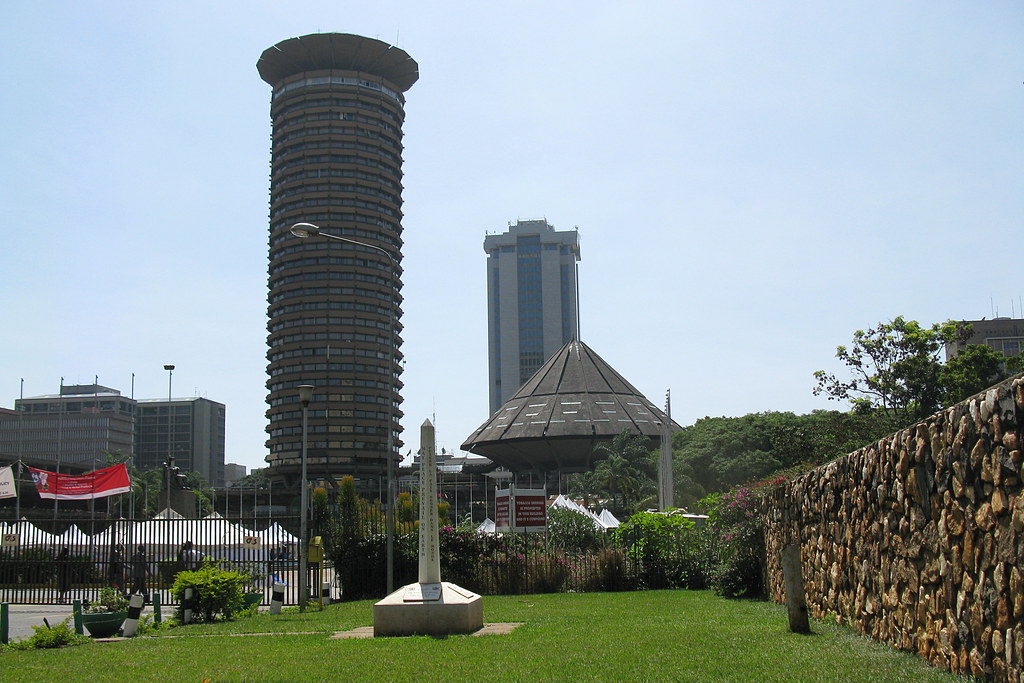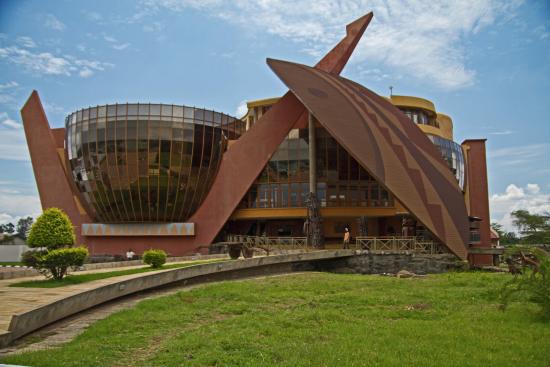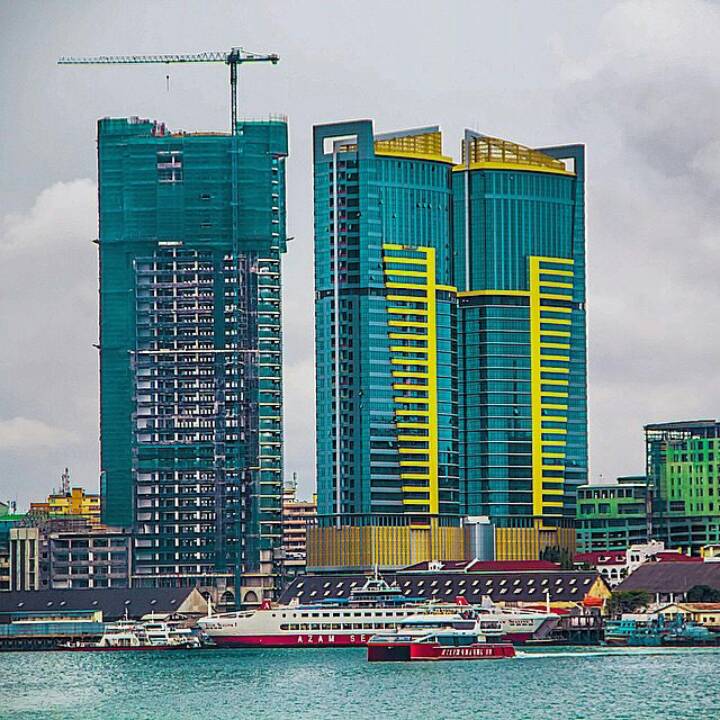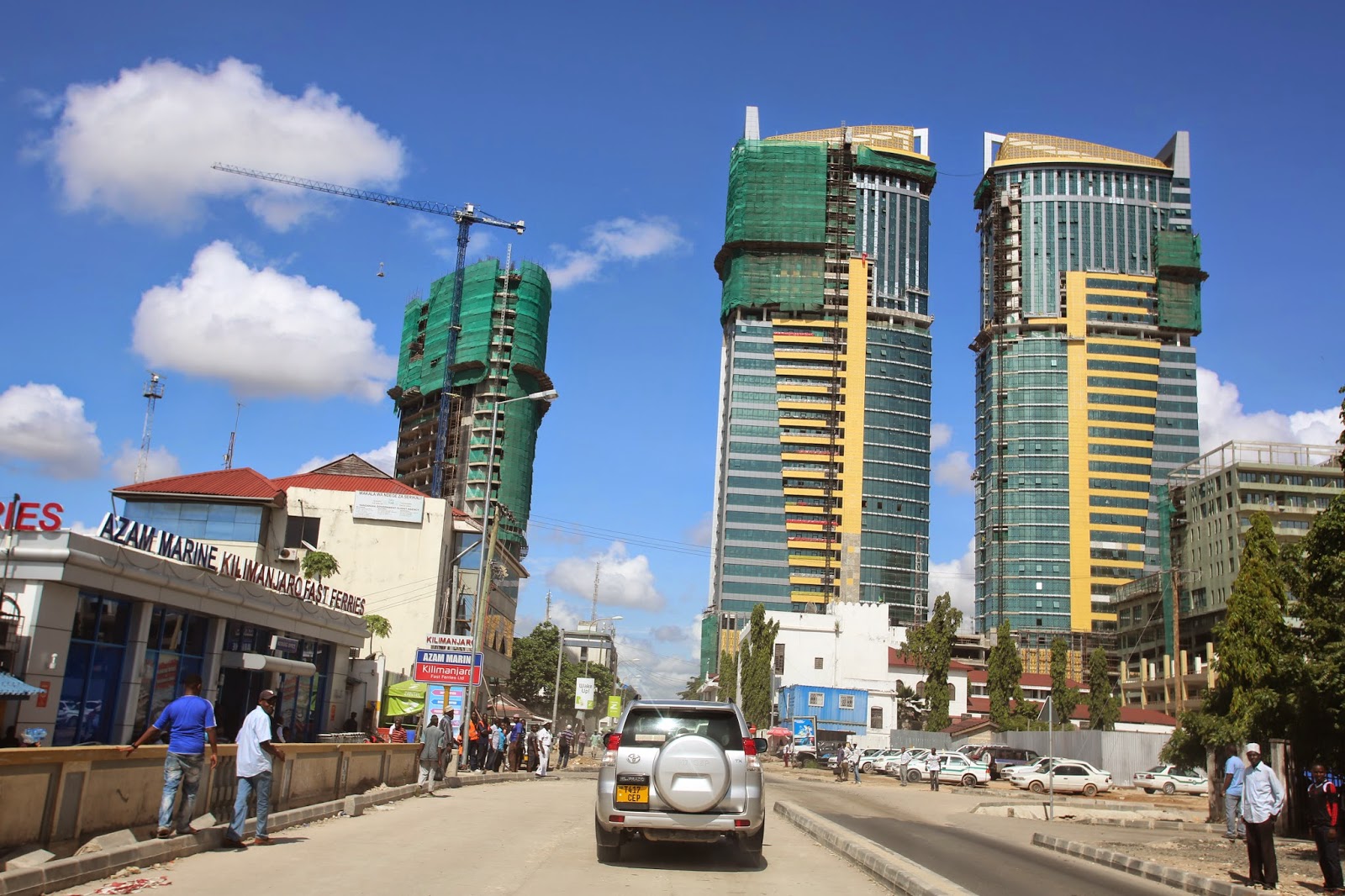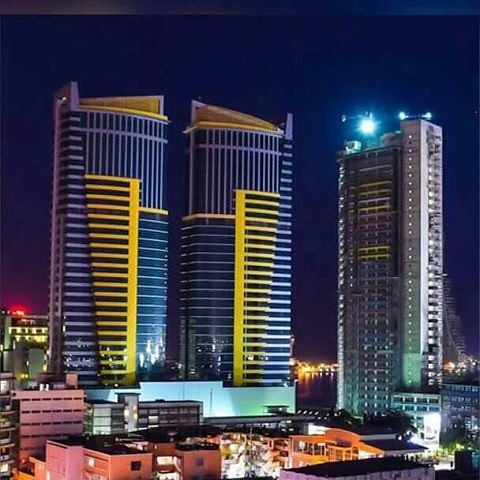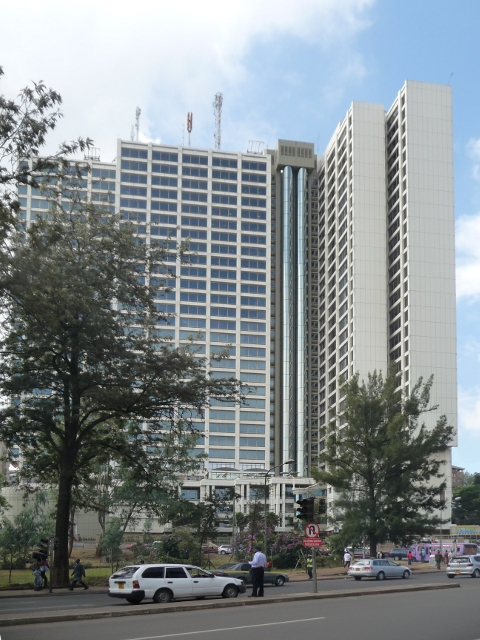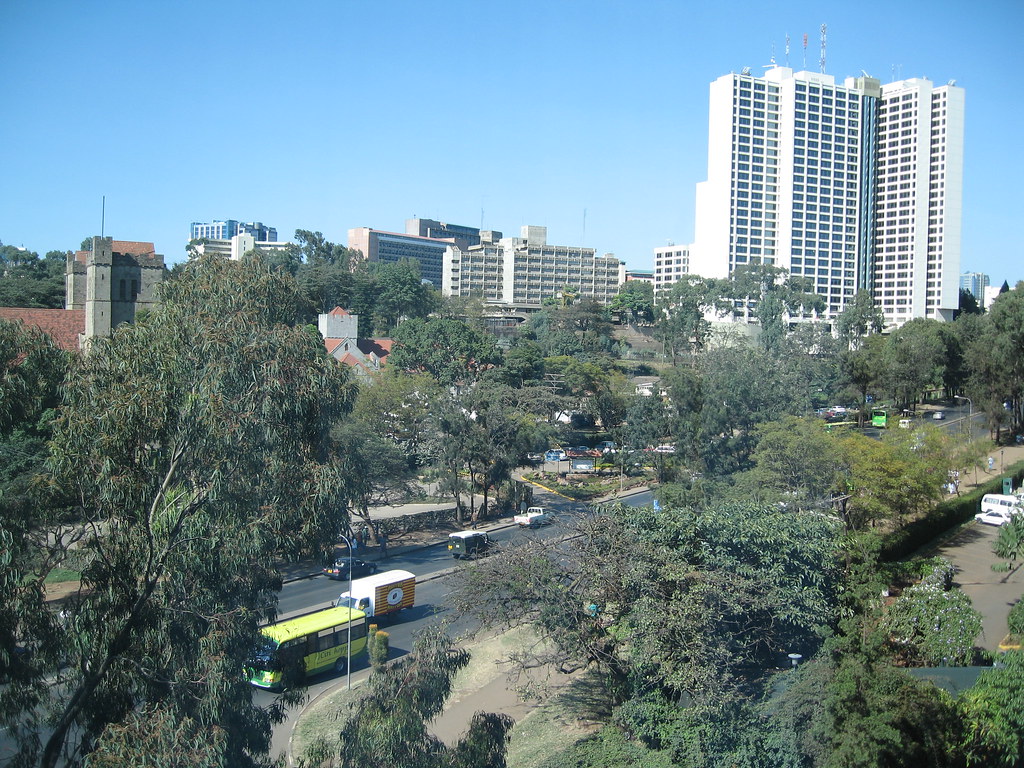Iconoclastes
JF-Expert Member
- May 26, 2014
- 4,091
- 2,511
Following the tiff that ensued here, I have been motivated to create this thread in which I ask we post pictures of the modern buildings from all over East Africa whose architectural design u feel is outstanding. Captivating. Audacious. Simply iconic.
The building doesnt have to be a tall, glass cladded facade, nor built in the recent decades. Even the old, colonial era structures count. What's important is their fascinating, ingenious design (as though somewhat they were ahead of their time).
I believe that only this will ultimately quiet these incessant row over who btwn Kenya and Tanzania tops the other in terms of architectural designs and technology.
But what can I say? There is no first prize for guessing right who holds the lead (some say by far) in this area.
The building doesnt have to be a tall, glass cladded facade, nor built in the recent decades. Even the old, colonial era structures count. What's important is their fascinating, ingenious design (as though somewhat they were ahead of their time).
I believe that only this will ultimately quiet these incessant row over who btwn Kenya and Tanzania tops the other in terms of architectural designs and technology.
But what can I say? There is no first prize for guessing right who holds the lead (some say by far) in this area.
